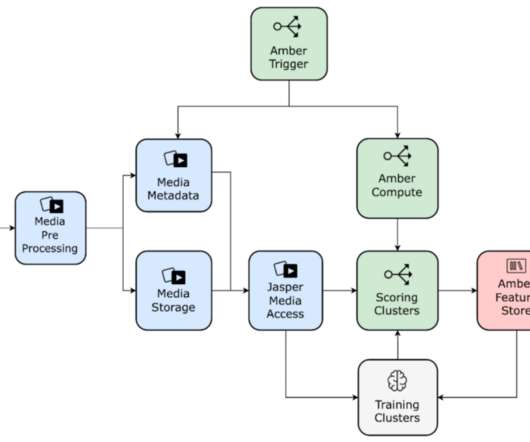Should You Use ClickHouse as a Main Operational Database?
Percona
JANUARY 14, 2019
However, ClickHouse is super efficient for timeseries and provides “sharding” out of the box (scalability beyond one node). Although such databases can be very efficient with counts and averages, some queries will be slow or simply non existent. Inserts are efficient for bulk inserts only. created_utc?? ?














Let's personalize your content